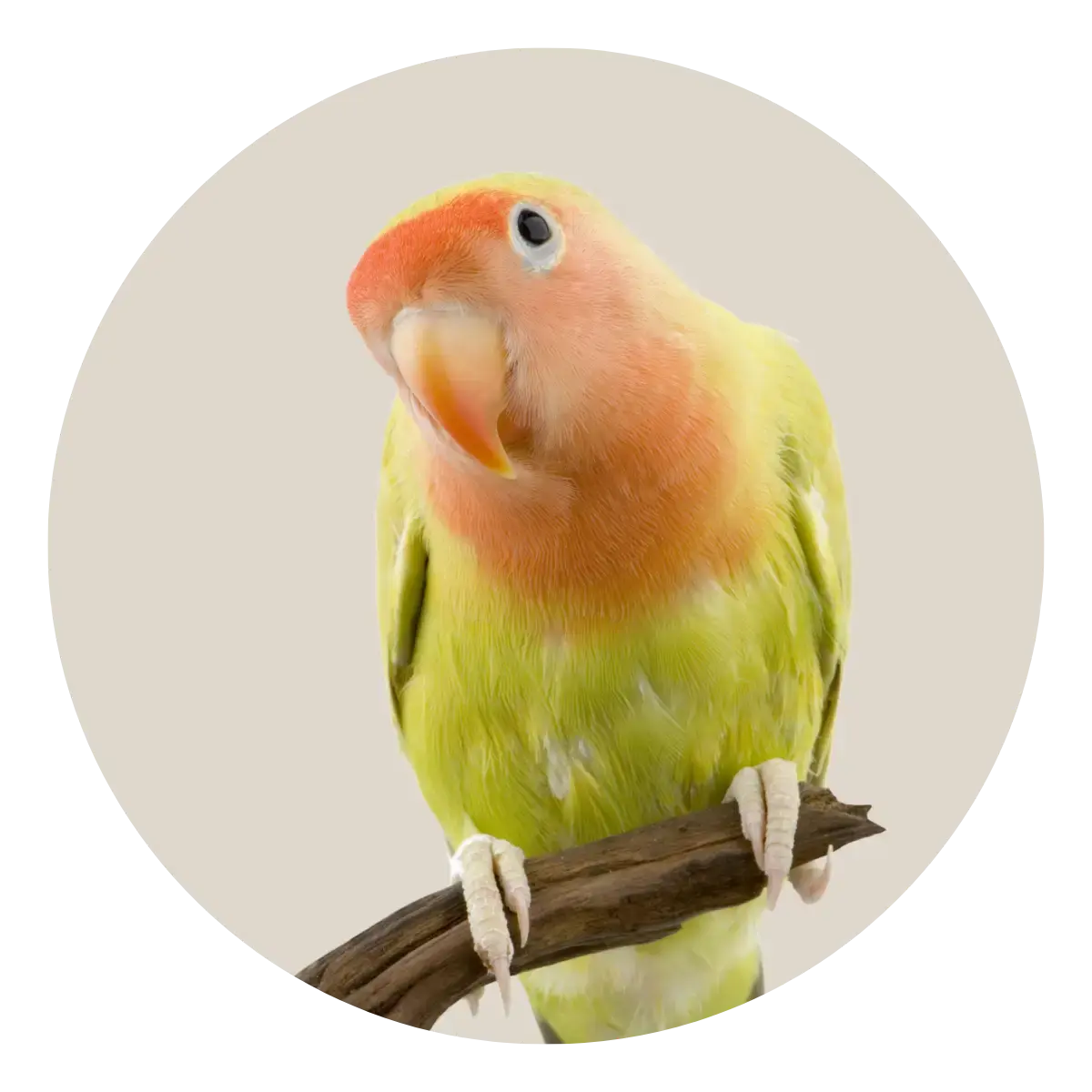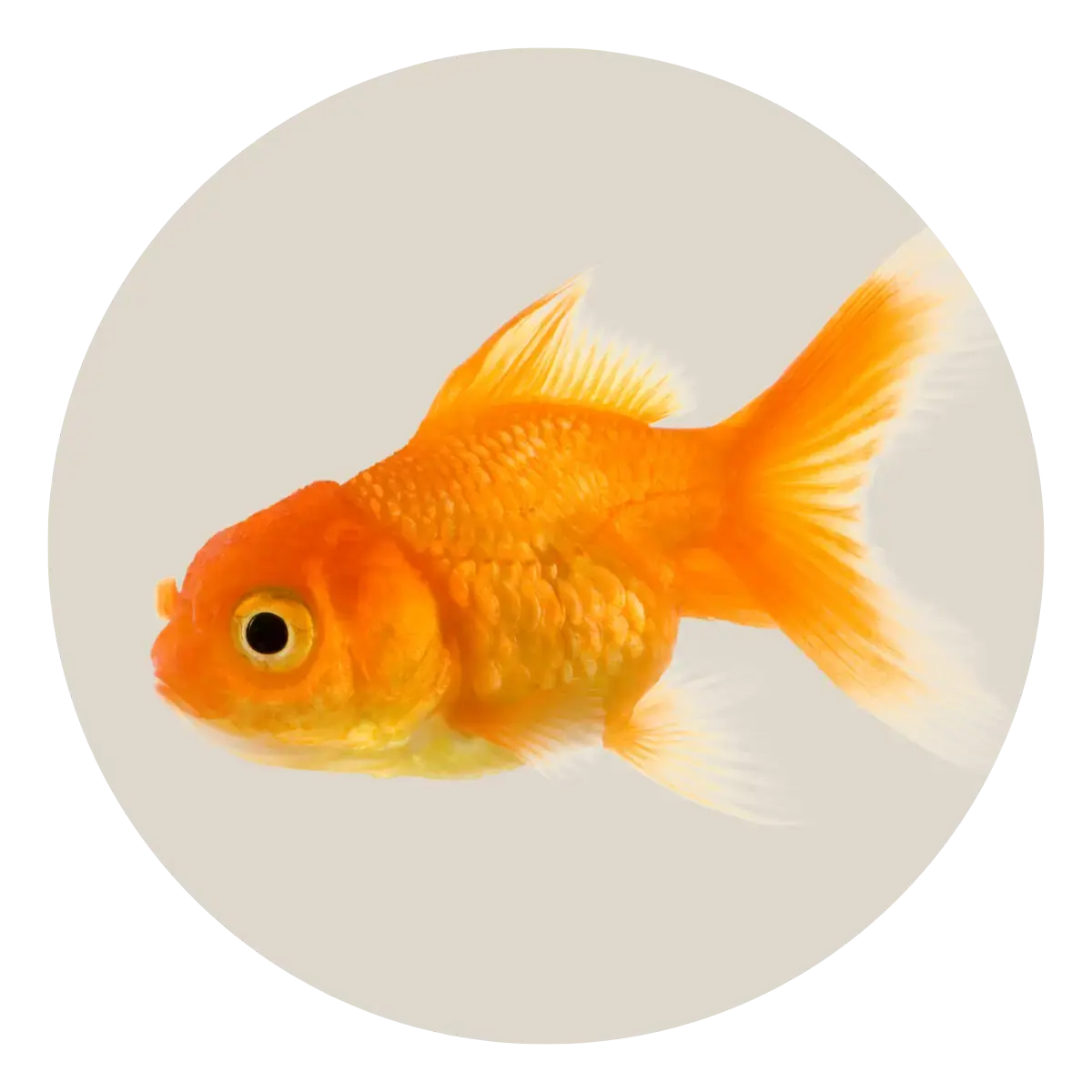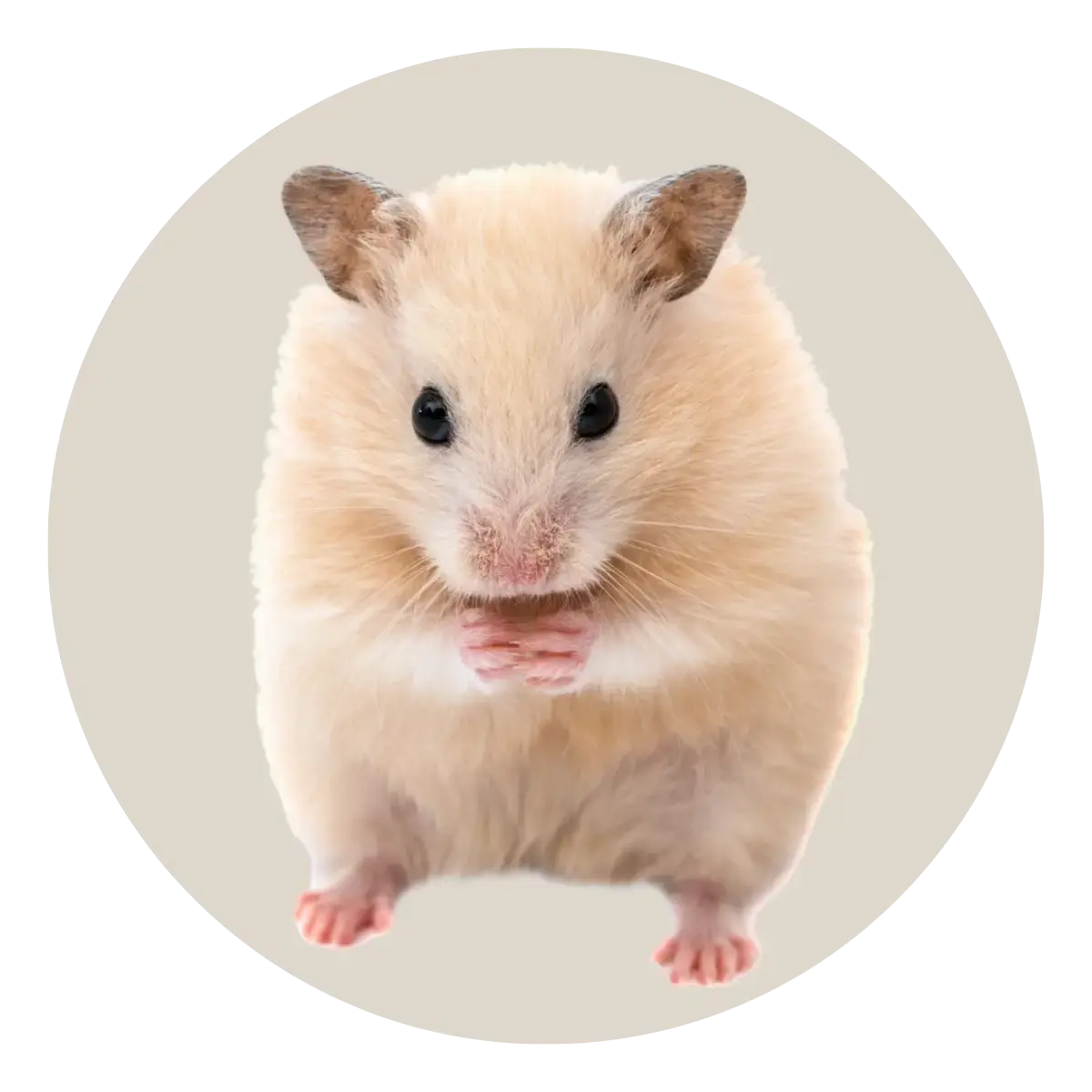The domestic cat (Felis silvestris catus) is a common pet in millions of homes around the world. Domestic cats are thought to originate from at least five distinctive subspecies and were domesticated approximately 9 000 to 10 000 years ago. As humans started to live in permanent settlements and started storing grains for food, they created an ideal habitat for mice and rats, which in turn, provided a reliable food source for wild cats. As these wild cats became more and more adapted to this urban environment, they gradually evolved from their ‘wild’ ancestors by natural selection. More recently, humans have selected specific aesthetic traits to develop 41 recognised pedigree breeds, including 16 ‘natural’ breeds. In countries like South Africa, there are concerns that these domestic can interbreed with the indigenous African wild cat. Although this proves how closely related they are, this hybridization between domestic and wild animals is a concern for biodiversity conservation.
Cats are obligate carnivores which mean that they depend solely on animal flesh for their nutrient requirements because they are unable to digest plant matter. In the wild, they rely on a diet solely based on prey animals. In a paper published in the British Journal of Nutrition, Plantinga et al commented that "The results show that feral cats are obligatory carnivores, with their daily energy intake from crude protein being 52 %, from crude fat 46 % and from N-free extract only 2 %" (carbohydrates). Other studies have looked at how feral cats get their food and showed that a “typical” feral cat will hunt, kill and eat small prey animals throughout the day, with a high percentage of unsuccessful hunts each day.
Cats are obligate carnivores which mean that they depend solely on animal flesh for their nutrient requirements because they are unable to digest plant matter. In the wild, they rely on a diet solely based on prey animals. In a paper published in the British Journal of Nutrition, Plantinga et al commented that "The results show that feral cats are obligatory carnivores, with their daily energy intake from crude protein being 52 %, from crude fat 46 % and from N-free extract only 2 %" (carbohydrates). Other studies have looked at how feral cats get their food and showed that a “typical” feral cat will hunt, kill and eat small prey animals throughout the day, with a high percentage of unsuccessful hunts each day.
These studies show that cats quickly revert back to their natural behavioural patterns of eating multiple, small meals throughout the day when catching prey, which is very different from how most domestic cats eat. Most domestic cats are fed grain-based cat food diets which contain high levels of carbohydrates, moderate protein (often from plant protein) and low levels of fat. As a result, obesity and diabetes mellitus are common feline diseases that veterinarians diagnose and are linked to how and what we feed our cats. Diet forms an important part in the treatment plan for diabetic cats and in the weight-loss plans for obese or overweight cats.
So what should we look for when choosing a food that will meet the nutritional needs of a cat? Start by choosing a diet which contains high protein and moderate fat from animal sources, and is low in carbohydrate. Details of this can be found on the Guaranteed Analysis or Analytical Constituents panel on the packaging of the diet and by then carefully looking at the ingredients list. The ingredients are listed in order from the heaviest in terms of pre-cooked weight, to the lightest in terms of pre-cooked weight. Ideally, the ingredients should be clearly defined and easily recognisable, for example, fresh chicken meat. General ingredient terms like meat and animal derivatives or proteins from vegetable extract, tell us very little about the ingredients or even which animal or vegetable source they are from.
In South Africa, there are a few diets that fit this profile, using high-quality animal ingredients to offer both wet and dry food options that mirror the domestic cats' natural diet. By feeding a meat-based diet, all the essential amino acids and nutrients that cats require are fed in a natural form, avoiding synthetic supplementation common in diets with high proportions of plant protein and carbohydrates.
CREDIT: Dr Matthew Robertson, Johannesburg based Veterinarian
CREDIT: Dr Matthew Robertson, Johannesburg based Veterinarian
LITERATURE CITED:
1. Esther A. Plantinga, Guido Bosch and Wouter H. Hendriks. Estimation of the dietary nutrient profile of free-roaming feral cats: possible implications for nutrition of domestic cats. British Journal of Nutrition Volume 106, Supplement S112 October 2011, pp. S35-S482. Baker, P.J., Soulsbury, C.D., Iossa, G., Harris, S., 2010. ... In: Gehrt, S.D., Riley, S.P.D., Cypher, B.L. (Eds.), Urban Carnivores. Ecology, Conflict, and Conservation. The Johns Hopkins University Press, Baltimore, Maryland, pp. 157–171.
3. Feral Cats Are Better Killers in Open Habitats, Revealed by Animal-Borne Video Hugh McGregor, Sarah Legge, Menna E. Jones, and Christopher N. Johnson
4. Coates, Feed Cats Like They Eat in the 'Wild'. Nutrition Nuggets PetMD's Cat Nutrition Center. Each week
4. Coates, Feed Cats Like They Eat in the 'Wild'. Nutrition Nuggets PetMD's Cat Nutrition Center. Each week
5. JJ Le Roux, LC Foxcroft, M Herbst and S MacFadyen. Genetic analysis shows low levels of hybridization between African wildcats (Felis silvestris lybica) and domestic cats (F. s. catus) in South Africa
6. AJ. Fascetti and SJ. Delaney. Nutritional Management of Diabetes Mellitus UC Davis School of Veterinary Medicine.






